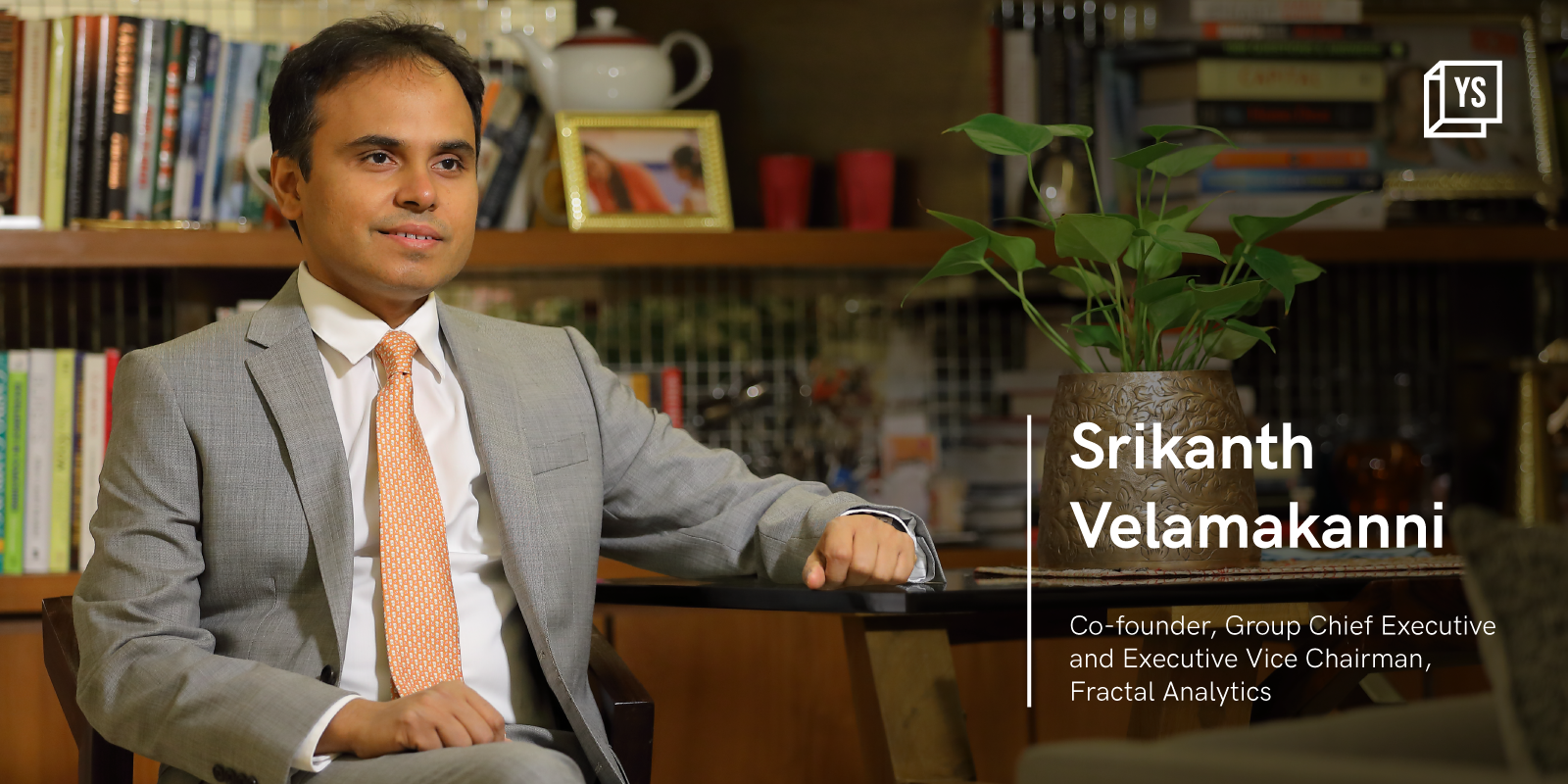It Got Cloudy at IIM-B in the Afternoon
Thursday March 15, 2012 , 6 min Read
Microsoft Distinguished Engineer Yousef Khalidi gives a compelling story on Windows Azure
On the afternoon of 14 March, a distinct movement of Cloud was seen towards Indian Institute of Management-Bangalore. A summer afternoon where a slight sultriness pervades the air is an unlikely environment to get cloudy. But this Cloud was not the cumulonimbus variety but what has become the chant of IT in the last few years – Cloud computing. It is no surprise that an Indian professor used the term Cloud computing for the first time. The first academic usage of the term is attributed to Prof. Ramanth K. Chellappa at INFORMS meeting at Dallas in 1997. If you notice trends nowadays, the scale up is quick. Mobiles, not in existence till about 10 years ago in common usage, is now ubiquitous. Cloud computing is disrupting the way software and applications are created and delivered, perhaps signalling a paradigm shift from the yesteryears. Yet another term “on premise”, till not long ago the way to do business, is used now perhaps used to imply “not yet in Cloud.” Where you park your data doesn’t really matter as long as it rests in secure hands like Windows Azure.
The seeds of Cloud computing was sown as early as 1960 when John McCarthy, who coined the term artificial intelligence, predicted that data will move to public domain largely. What prompted him to make that prediction is not our concern, but his prediction is coming true. Kishore Mandyam, CEO of PK4 Software that delivers IMPEL CRM software, said, “I will not move away from the Cloud. We are years behind the system integration achieved by Cloud providers.” But M.S.V. Janakiram, Chief Editor, CloudStory.in, said that PaaS penetration in India is below 5% even though promising companies such as OrangeScape are emerging from this domain in India.

Get to Cloud to scale
Yousef Khalidi, Distinguished Engineer at Microsoft, has worked with Azure from 2006 ever since it was conceptualized. “We were like startup in a big corporation,” recalled Khalidi as his presentation dwelt upon the scale-up problems of a business. He used examples of retail companies seeing spikes during Christmas and tax companies witnessing them around April 15, the time to file tax returns in the United States. Or for that matter, a spurt in sales during Friday afternoons in a pizza joint. “You have to depend upon someone who can give you flexible infrastructure depending upon your business needs,” emphasized Khalidi as he narrated these scenarios. Cloud gives an “illusion of infinite compute and storage,” said Khalidi before going on to explain how businesses benefit from Cloud.
Distinguishing between Private Cloud and Public Cloud, Khalidi said that big corporations such as telecom companies go in for a Private Cloud. He called Azure the large-scale Public Cloud having presence all over the globe. Microsoft has invested billions of dollars to build this Cloud infrastructure, which cannot be done by small companies. “A few players can afford this business. We are here for the long haul,” explained Khalidi. So he encouraged entrepreneurs to make use of this platform.
Windows Azure lies in between infrastructure as a service (IaaS) and software as a service (SaaS). Defining compute, content delivery and storage, database, security and identity, integration and networking as major components of an application getting published, he walked through each of this component with respect to Windows Azure. He said that Azure has rich development tools and rich management tools to deploy applications. Deployment options include creating applications, storing them, moving them to other platforms, or creating a new solutions and Windows Azure supports all of this. He named Azure the secure Cloud federation.
He emphasized the need for extracting value out of “data explosion.” Cloud seems the only way out to decipher the explosive data dished out by social network platforms especially. He quoted Gartner in a report that said an organization developing a modern information management system will outperform other companies by 20% by 2015.
Pricing is not a problem as V. Sriram Iyer, founder of United Mobile Applications, explained later. He now has Azure for free. If you are a startup under $1 million in revenue, Windows Azure is available free for three years. Khalidi also sought to dispel pricing concerns through “pay as you use” model.
The other Cloudy debates
Rahul Baradwaj of TwoMangoes.com gave a 2 min 25 second pitch presentation on his offering that he presented to investors in a closer door session earlier in the morning. It was funny, succinct, quick, and embraced all points of concern – what is the business (through a short video), its target market and USP (no dating site in India and this lies between matrimonial service providers and emerging social connectivity sites [an option before your marriage but after you are familiar with the girl or boy]), how many users and scaling up (through mail messages that Rahul gets on sign-ups) scale, and how frequently customers are paying (through PayPal messages on email).
M.S.V. Janakiram explained the several layers that lie in between a developer’s application and the Cloud platform and how to develop a consumer-like app on Cloud. He said that Cloud and social media are going to be the next two big drivers. Explaining that Cloud needs zero capex, he said it is as simple as paying out of your pocket (or through your father’s ATM card).
V. Sriram Iyer, founder of United Mobile Applications, explained how his mobile technology platform company has benefited from the Cloud immensely. He also listed latest developments such as facility to make calls from laptops, which will become a reality soon.
In the panel discussion moderated by Janakiram, Amitabh Misra, head of engineering at SnapDeal, explained the ability of six developers to cater to 12 million customers and that was possible only through Cloud whereas building a private infrastructure now is taking four months just to network. Yousef Khalidi said that big corporations move into Private Cloud as they grow and that Cloud offers scale-up quickly. He also said that Sony Online, which has exited AWS, is not entirely going on-premises but coming to Azure in a big way. V. Sriram Iyer explained the benefits of moving to Cloud as it offers a complete platform to work on. Kishore Mandyam pointed out how his IMPEL Software’s reach helped a company garner 190 distributors in four months whereas the sales head was able to rope in only 30 in four years. That shows the reach and power of the Cloud. “Get to Cloud or you will soon be left behind” seems to be the message. Kishore also said the trend is distinctly Cloud and in five years all major corporations will be on Cloud.
The next Apps on Cloud session is scheduled in Mumbai on March 16. Don’t miss it.
—Venkatesh Krishnamoorthy, chief evangelist










